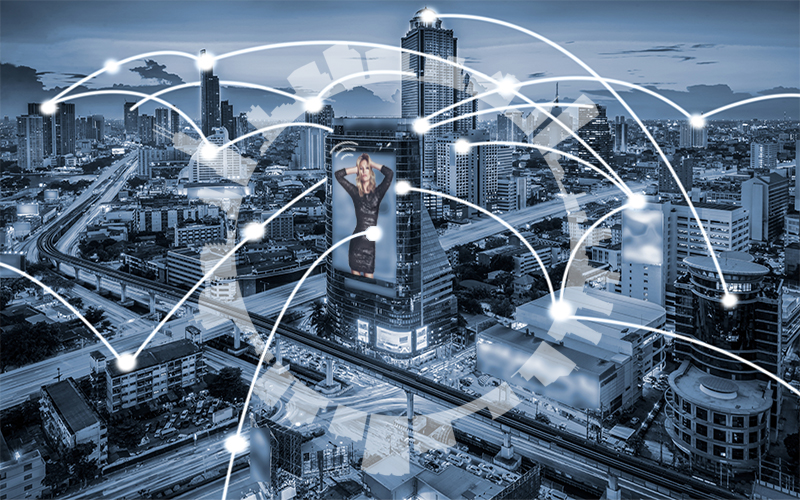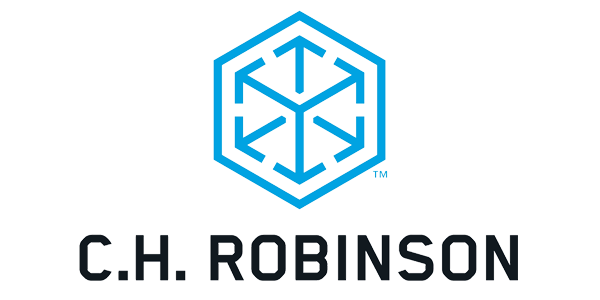Smart Mobility: Shaping the Future of Logistics

By challenging American cities to use emerging transportation technologies to address their most pressing problems, the Smart City Challenge aimed to spread innovation through a mixture of competition, collaboration, and experimentation.
Groundbreaking approaches to logistics management are being developed in urban centers around the world.
There are multiple factors at play that are driving the latest technology innovations, including increased demand, supply chain complexity, longer and shorter supply chains, multi-leg shipments, rapid fire replenishment, final mile, and the overall trend of urbanization.
Commonly called “smart mobility” projects, the work aims to improve both the safety and efficiency of transportation, balanced with improved environmental sustainability.
Population growth and new supply chain technology drive the change
The U.S. Department of Transportation (DOT) projects that freight volumes in the United States will increase by more than 40% over the next 30 years.
Mid-sized cities are expected to grow three times faster than the rest of the country over the next three decades, adding to the pressure to develop better ways to manage logistic flows.
These pressures are by no means confined to the United States. Estimates project that by 2030, 60% of the planet’s population will live in cities - up from around 50% today.
In addition, we have all been discussing the future arrival of autonomous trucks, which provides a clear example of the next-generation supply chain technology innovations that are expected to reshape the logistics industry in ways we don’t yet fully understand.
Supply chain technology innovation in action
Smart mobility harnesses various technologies - including sensors embedded in roads and sophisticated communications systems - to better manage the movement of in-transit inventory.
This March, for example, the Wyoming DOT selected a vendor to supply advanced vehicle-to-vehicle and vehicle-to-infrastructure communications equipment for a pilot project.
Wyoming is one of the pilot sites selected by the DOT for its Connected Vehicle Pilot Deployment Program.
The state will test a new communications system in the busy I-80 freight corridor. When the system is in place, truck drivers will receive various automated traffic alerts pertaining to severe weather conditions and traffic congestion. They will even be warned if there is a danger of collisions with vehicles in the system.
Read: Dubai Aims to Be the Transportation City of Tomorrow
Other smart mobility solutions are highlighted by the DOT’s Smart City Challenge, which solicited ideas from mid-size cities across the United States for creating an integrated smart transportation system.
The initiative generated many innovative plans. For instance, Seattle proposed a shared data system that provides dynamic routing for truck traffic and promotes off-peak deliveries.
Boston outlined a project for “radically programmable” city streets where dynamic markings can change areas from loading zones to thoroughfares depending on the time of day and season. The use of signaling systems to prioritize the movement of trucks in high-volume freight corridors is another idea that is being pursued. But smart mobility does not only encompass city environments and road networks.
Consider, for example, the Hamburg Port Authority’s smartPORT initiative in Germany. In collaboration with leading IT and communications companies, such as Cisco, the port has developed a cloud-based communications system that connects port stakeholders. The system is being used to speed up traffic movements.
A recent example is an incident where a lift bridge in the port malfunctioned. A technician connected to sensors on the bridge via a mobile tablet, diagnosed the problem remotely, located the parts needed to address the problem, and fixed the malfunction speedily.
Smart mobility is just the beginning
Expect more innovative smart mobility ideas like these to emerge over the next decade, as Internet of Things technology and big data are deployed to manage the movement of freight vehicles.
In addition to being actively involved in these initiatives, the logistics industry needs to be attuned to the enormous potential for raising the efficiency of logistics networks. With this is mind, we are very excited about the future of logistics platforms - and we hope you are, too.
The combinative power of truly connected supply chains, machine-to-machine communication, machine learning, and predictive analytics will create new levels of supply chain control, visibility, and responsiveness.
Get ready for smart logistics.
Article Topics
C.H. Robinson News & Resources
Q&A: Mike Burkhart on the Recent Nearshoring Push Into Mexico Q&A: Mike Burkhart, VP of Mexico, C.H. Robinson C.H. Robinson introduces new touchless appointments technology offering C.H. Robinson President & CEO Bozeman provides overview of key logistics trends and themes at SMC3 JumpStart 2024 C.H. Robinson touts its progress on eBOL adoption by LTL carriers and shippers Retailers Pivot Supply Chain Strategy, Seek Red Sea Alternatives C.H. Robinson announces executive hire to run new Program Management Office More C.H. RobinsonLatest in Transportation
Nissan Channels Tesla With Its Latest Manufacturing Process Why are Diesel Prices Climbing Back Over $4 a Gallon? Luxury Car Brands in Limbo After Chinese Company Violates Labor Laws The Three Biggest Challenges Facing Shippers and Carriers in 2024 Supply Chain Stability Index: “Tremendous Improvement” in 2023 Trucking Association CEO on New Biden Policy: ‘Entirely Unachievable’ Two Weeks After Baltimore, Another Cargo Ship Loses Power By Bridge More Transportation












